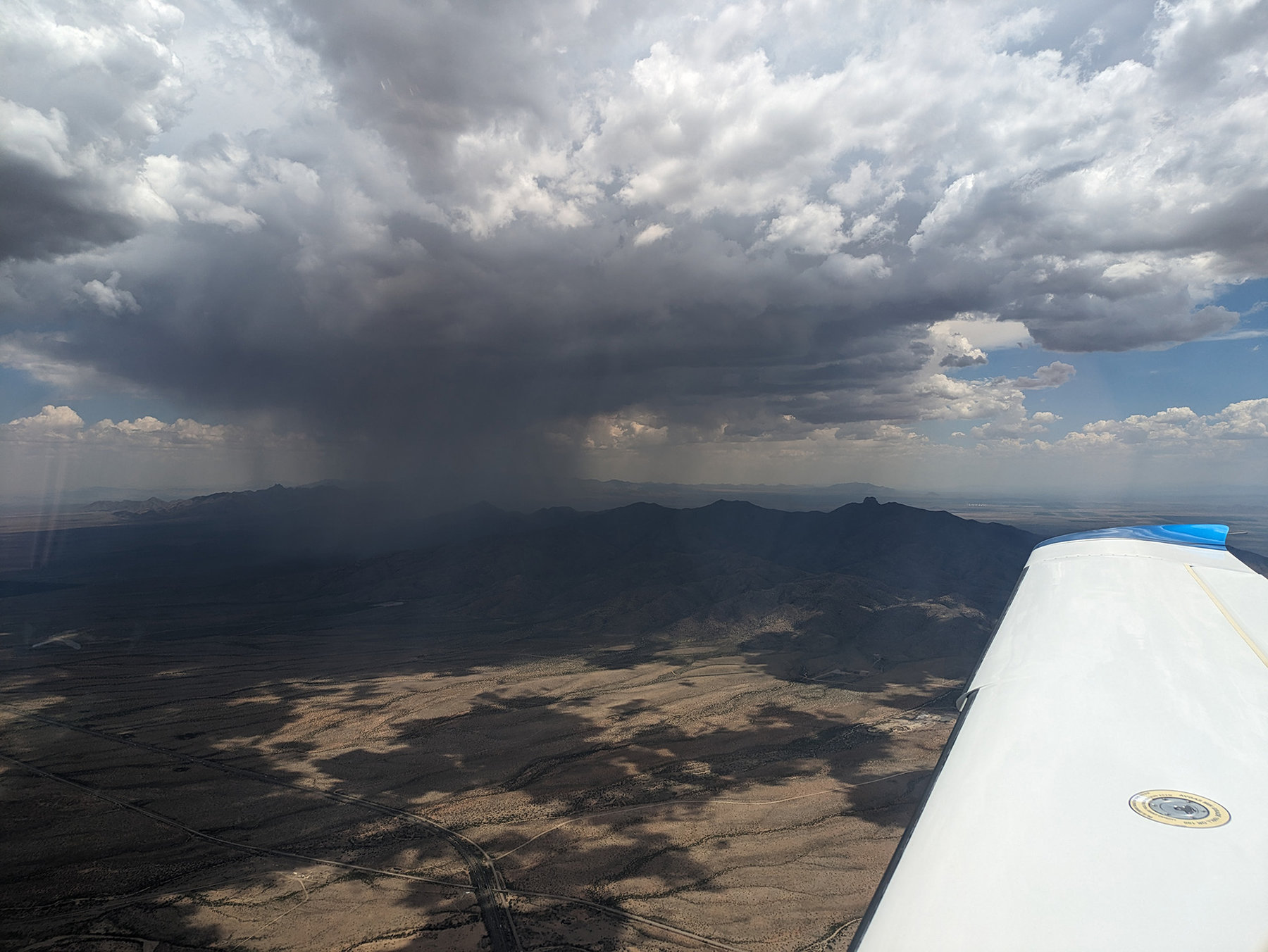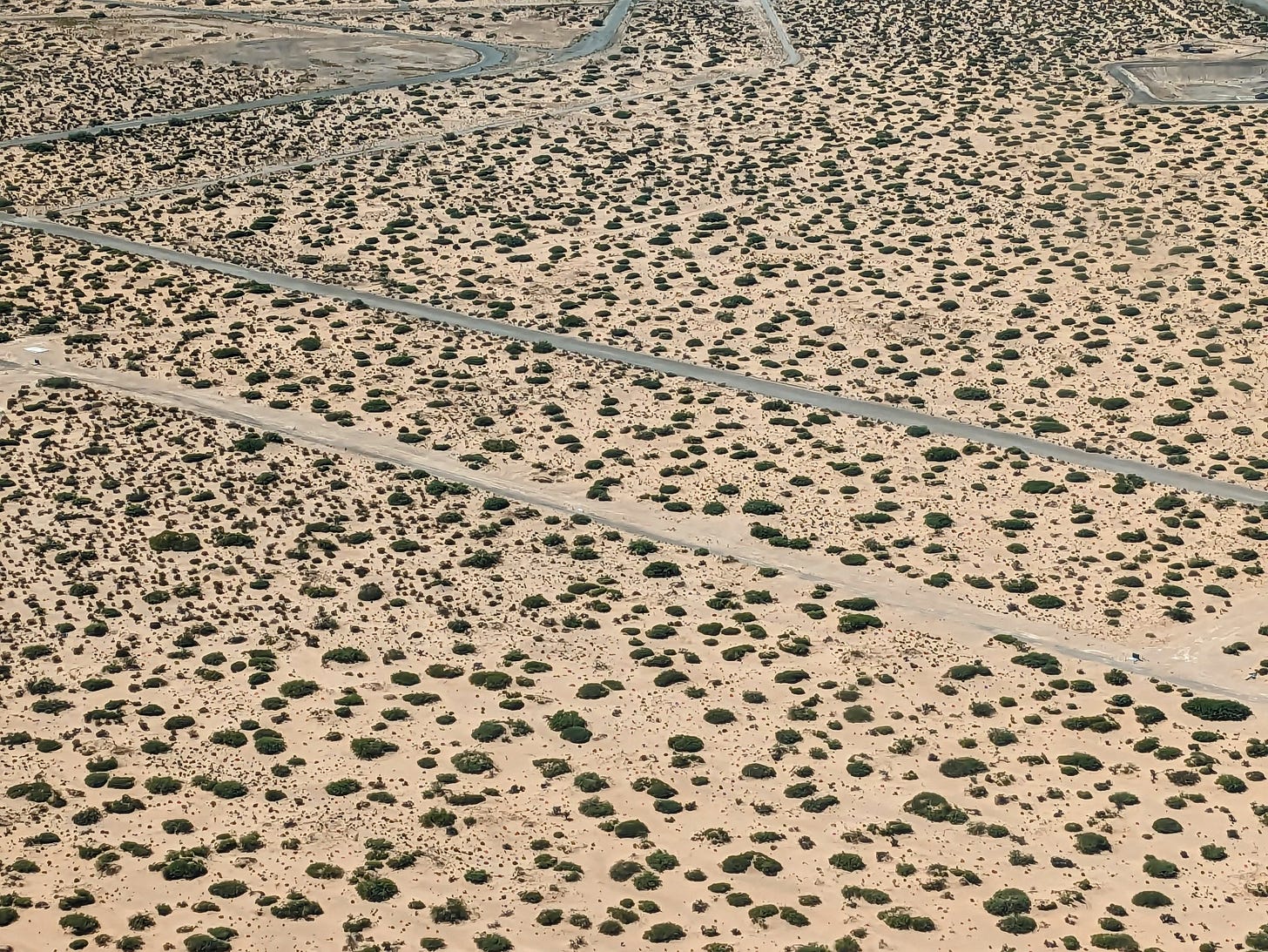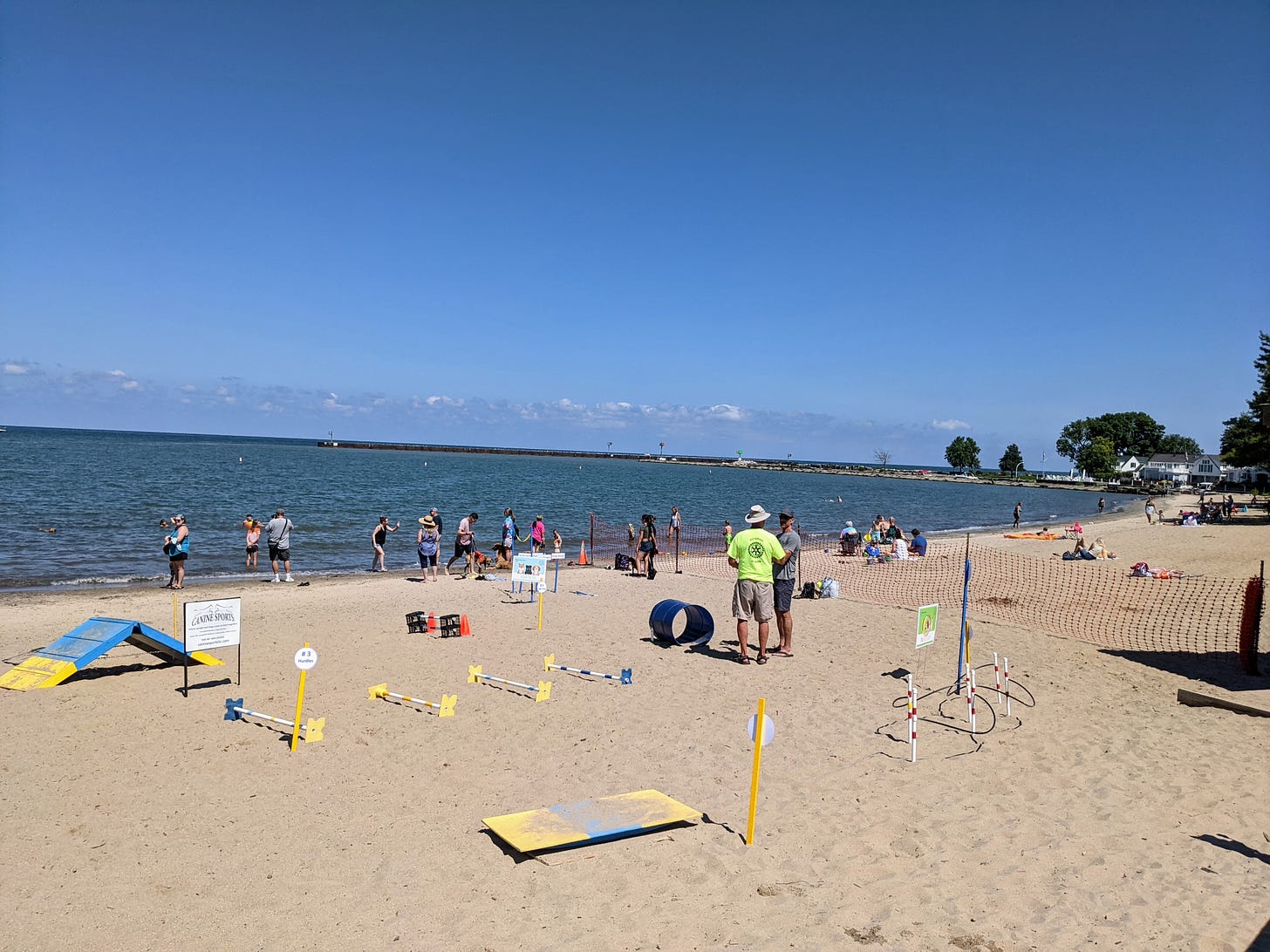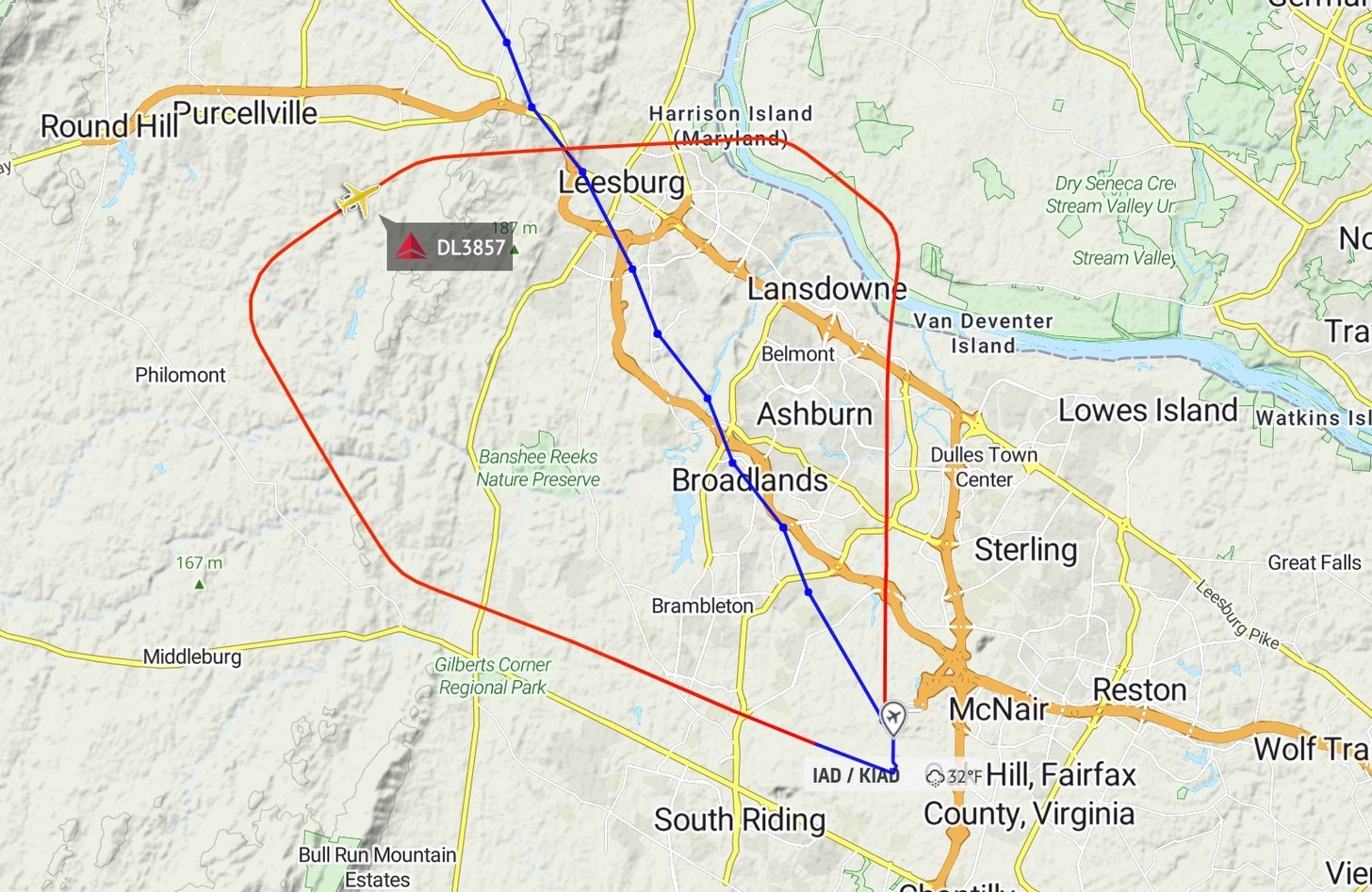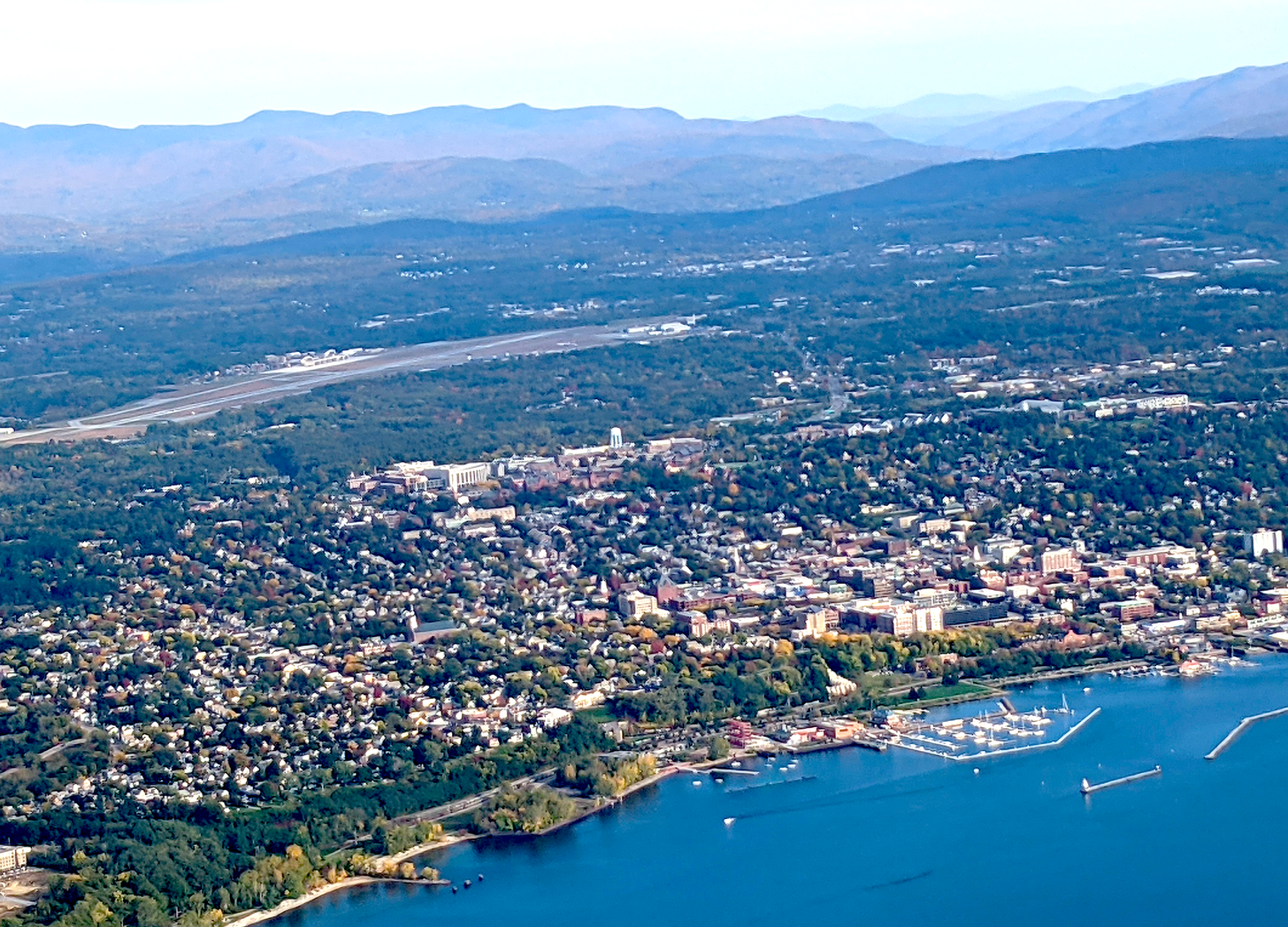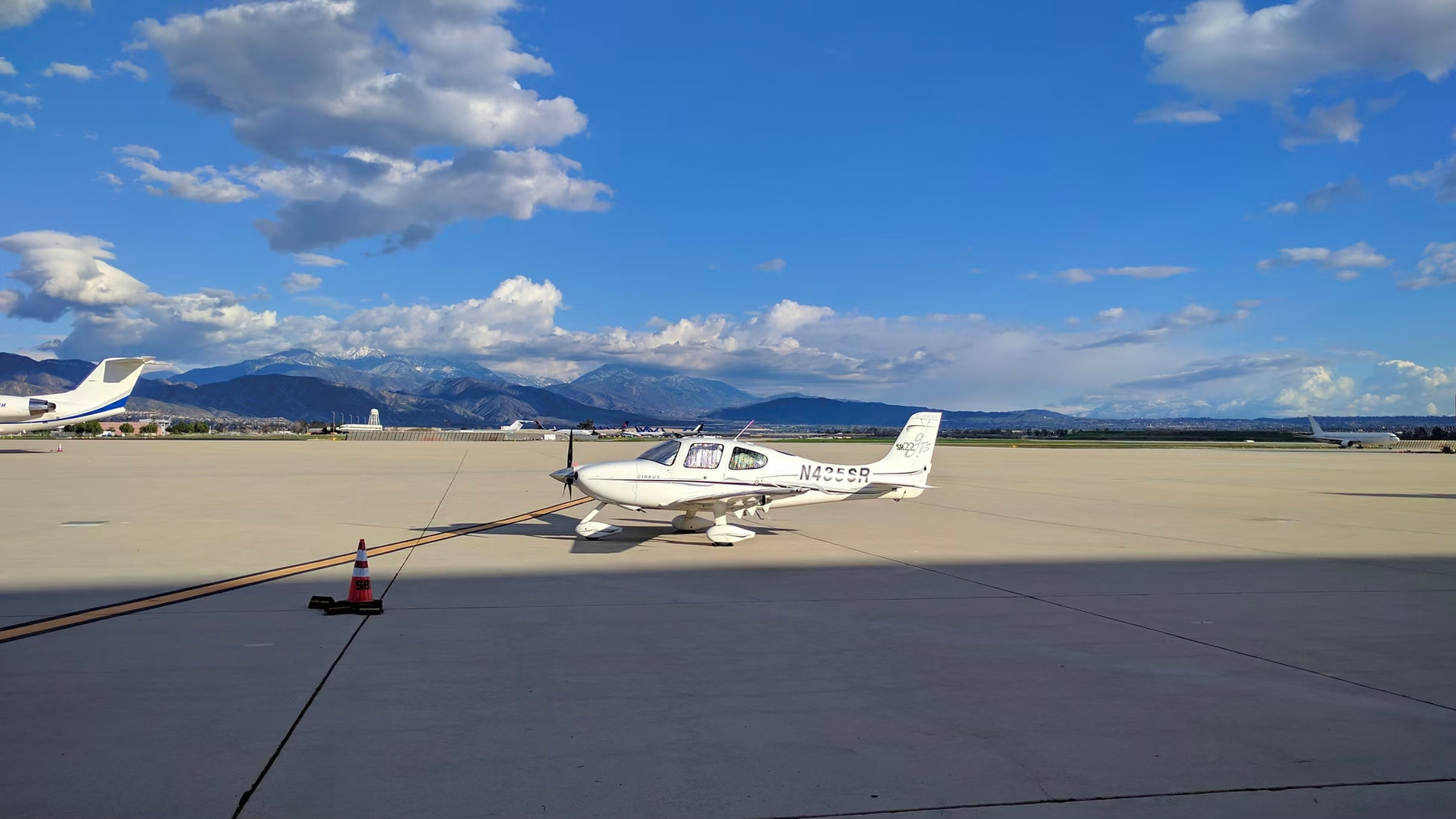Summer has always been our favorite time for flying the Cirrus around the US. The weather is warm, the days are long, and life on the ground feels more festive and carefree. Usually. This year is a little different. Temperatures are hot; if it’s 110 degrees on the ground, it will cool to about 80 inside the plane flying at 8000 feet. The storms seem to come out of nowhere, as we experienced last week first-hand with the shockingly destructive 85-mph winds in our Washington DC neighborhood. Much of our beloved tree canopy took aim across utility wires and onto roofs of homes. The heightened political climate we feel in DC this summer matches mother nature’s climate.
We flew the Cirrus on a cross-country trip back from California to DC at the end of July, adding a few thousand more miles to the 100,000 we logged during Our Towns reporting. The first day, we profited from 30-knot tailwinds, propelling us from San Bernardino across the Mojave, and then the simmering, vast expanses of Arizona and New Mexico to El Paso.
The second flying day, we hugged the border along the Rio Grande and then overflew the bleak terrain of southwest Texas dotted with scores and scores of oil wells.
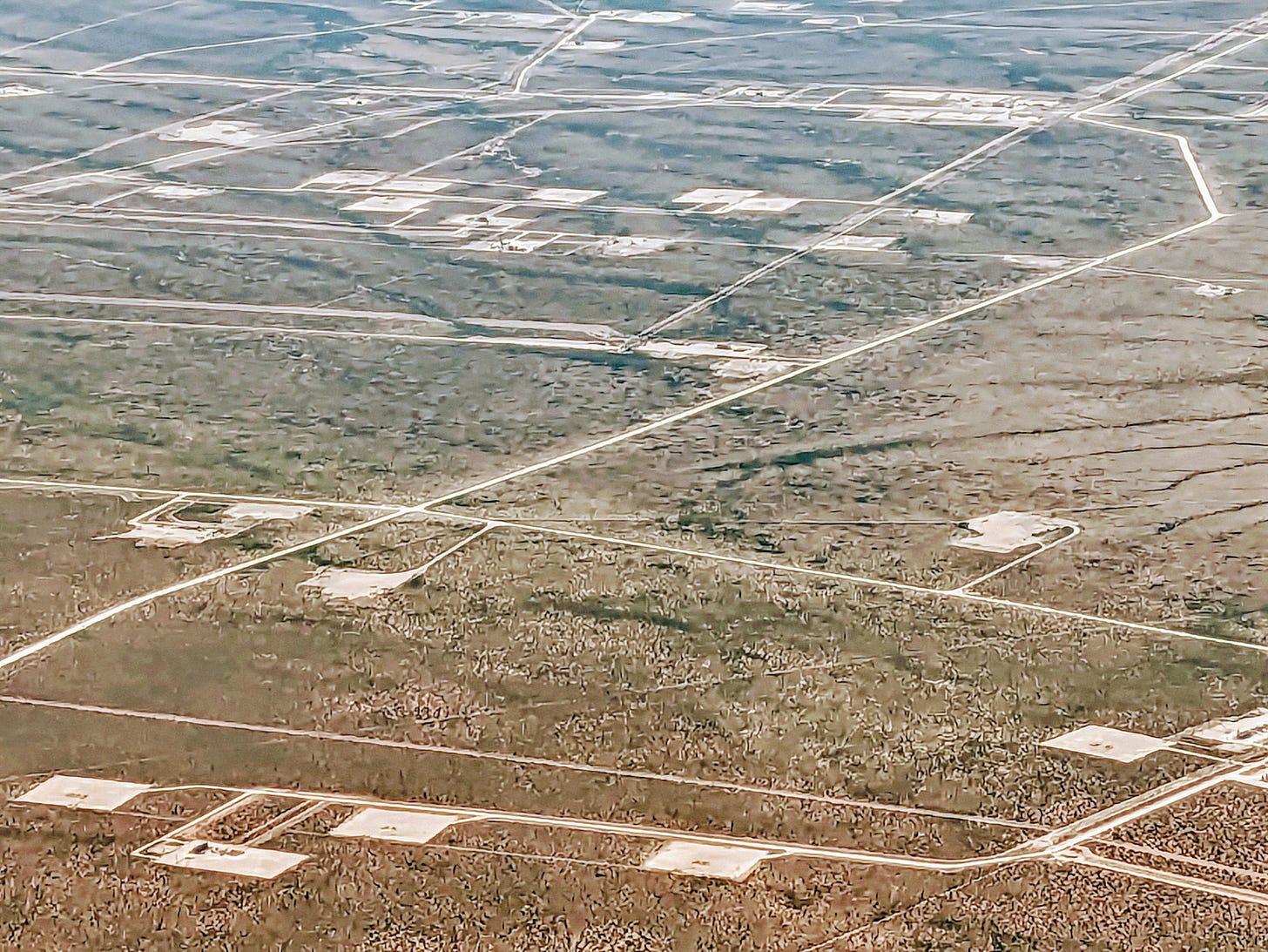
It was still blistering as we landed in Dallas to see some of our next-gen family. After that, we pushed north and east, diverting around big storms slamming Memphis.
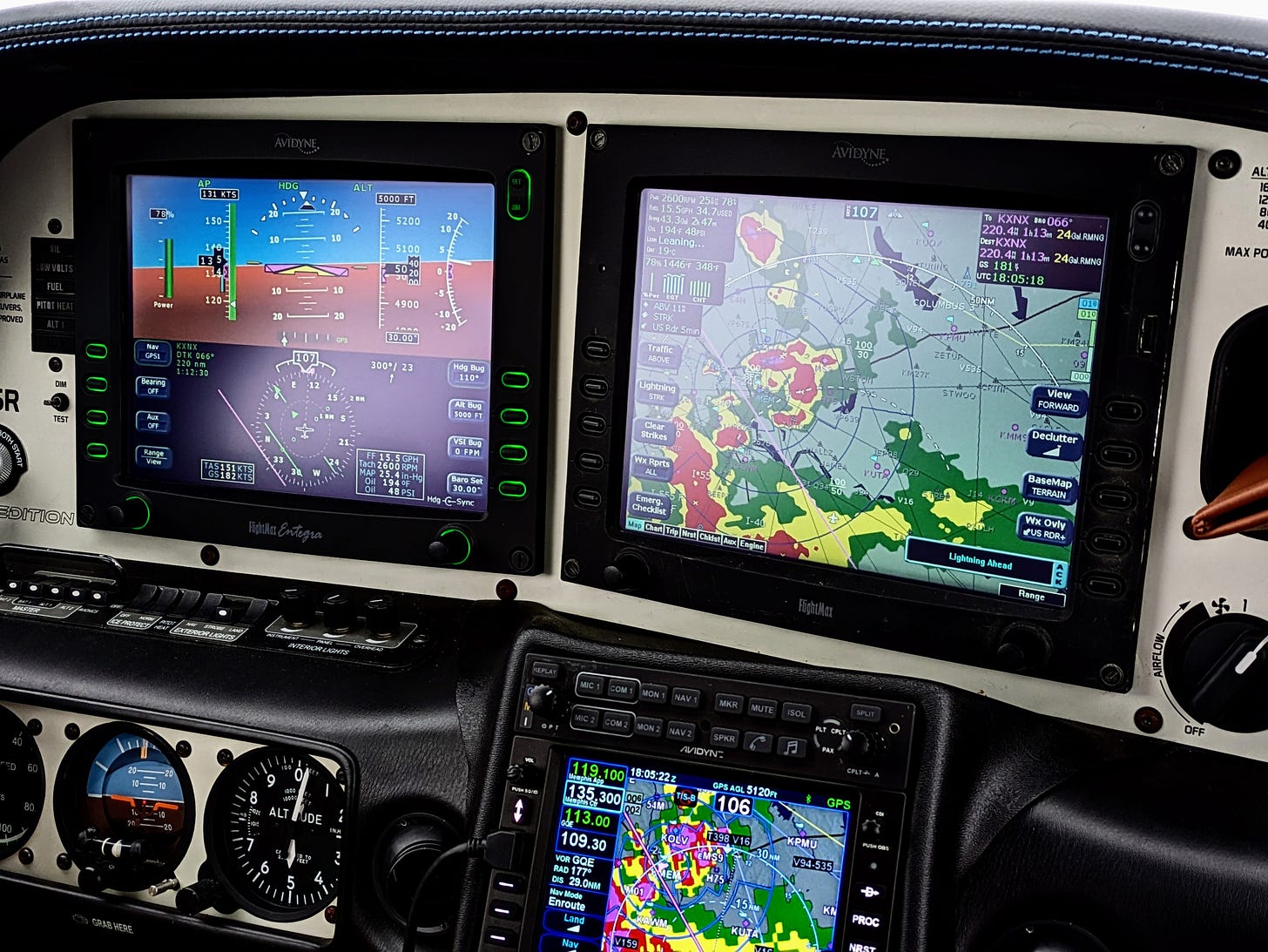
Our final day, we sprinted toward home, sweaty, bedraggled, and thirsty, despite the liters of water we swilled nonstop. Small plane travel beats commercial airlines in many respects, but a climate-controlled cabin is not one of its attributes. It reminded us of our years living without air conditioning in Kuala Lumpur, which has proven to be good training for this summer’s travel and everyday life. The little plane performed flawlessly, and we are glad to have it back on home tarmac.
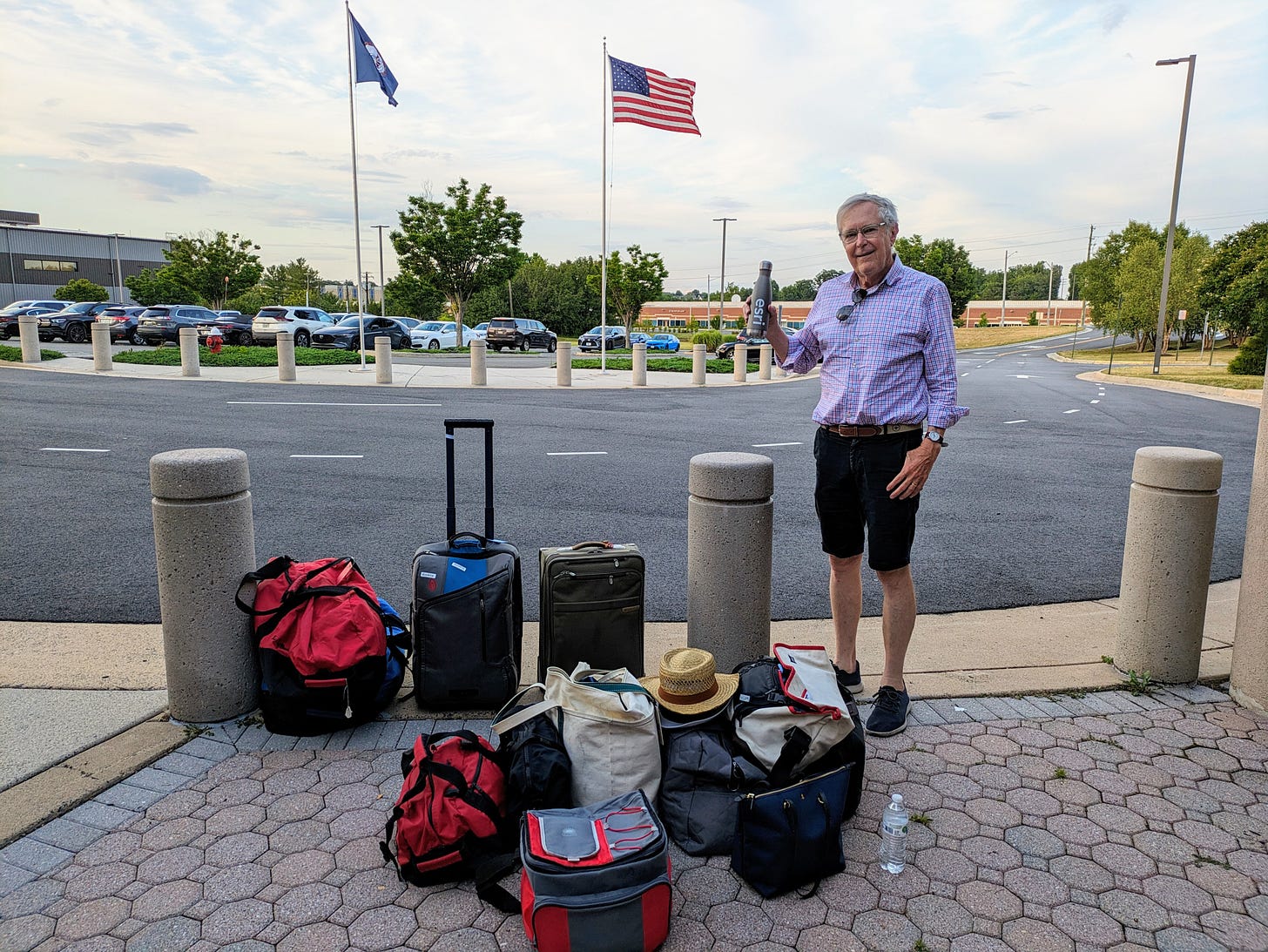
From the Air to the Ground
Back in DC, I (Deb) am indulging in my favorite summer activity: swimming. As I’ve written before, DC has a handsome collection of public pools, 23 outdoors and 12 indoors, according to the DCPR website. This number doesn’t rival Australia’s, which I wrote about here. But still, I can alternate among five pools within about five minutes’ drive from our house. A recent opinion piece in the NYT about the scarcity of swimming pools in that city and the consequential scarcity of able swimmers – another measure of being underserved – made me proud of DC for yet another reason.
I’m making the case here that there is a certain democratic feel at public pools akin to that of public libraries. Both are open to all. In DC, public pools are free of charge to residents. I always find myself among a collection of people I don’t normally mingle with during my daily rounds: diplomats (even Russian), college students, and former serious swimmers who still keep up impressive training. There are scores of parents and grandparents with little kids. And swarms of summer campers who rotate their sessions in the water. All these kids have to be some degree of water-proofed, and I’ve watched lifeguards and counselors measuring and nurturing their progress. One young boy particularly charmed me; he was probably about 12 years old, and was patiently encouraging a smaller boy, probably about 7, on how to submerge and blow bubbles. DC has a famously diverse population by every measure. If you show up at public pools, you become a visible part of that measure.
As for lap swimming in public pools, this can require a lot of dodging in the lanes. The experience is less than optimal, but it is usually congenial. If you’re lucky, you get a lane to yourself. In countless public pools, I have never heard the retort to a question that I once posed at a fancy membership-pool in a town I won’t name in Colorado:
Me: May I share your lane?
Other swimmer: I don’t share.
Here are a few more things I have seen about public pools and public waters around the country:
In Burlington VT, a public elementary charter school, reported on here, in a heavily-immigrant neighborhood near the shore of Lake Champlain offers swimming for all the young students. Nearby college students teach the swimmers, and the elementary school thought through the experience by securing a washer and dryer to take care of soggy clothes and towels. Without the natural asset of nearby lakes or rivers, communities have to be more deliberate to create swimming opportunities.
Growing up in my own hometown of Vermilion OH, on the southern shore of Lake Erie, there was no natural public beach within walking distance of downtown. Now, there is. Creating a public beach from a snarly, rocky shore has become part of the development driving a thriving tourist business and also pleasure for residents.
As we’ve seen on the ground in a collection of northwest Ohio villages around Findlay, pools seem to be a special priority for even the smallest small-town development. I asked a lot of people why they placed such emphasis on pools in villages like Mount Blanchard, Arlington, and McComb, but no one came up with an answer. Maybe tradition. The pools often cost a dollar or so as entry fee, and some days are free thanks to support from local community foundations, like the Findlay-Hancock Community Foundation, who know what it means to many families to have a dollar-free day at the pool.
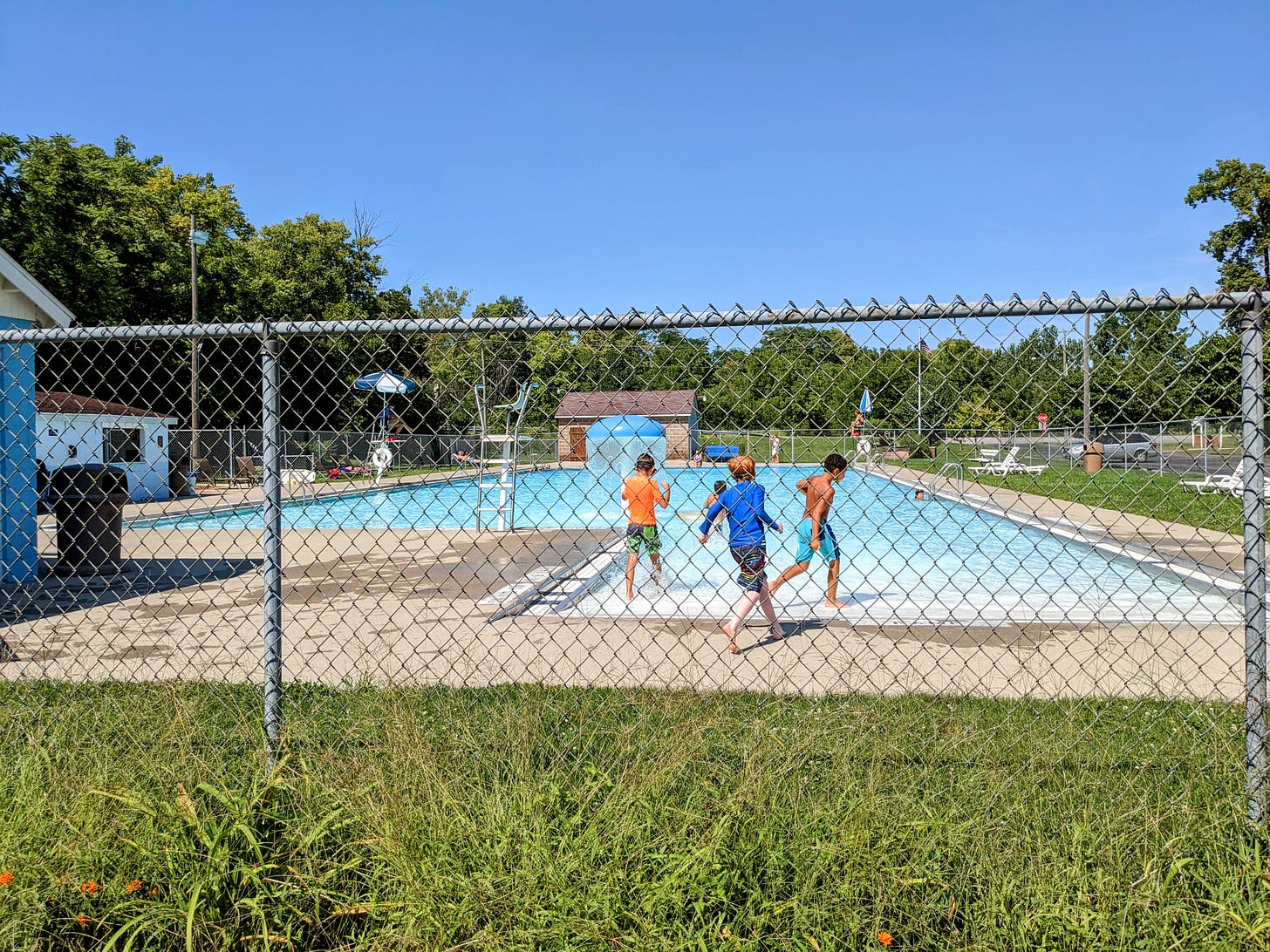
The 2500-foot perspective can be often a guide for us of the affluence of communities. How many in-ground pools do we count; how many above-ground pools? In many smaller communities that can’t support a nice pool, splash pads have become a popular alternative. I’ve seen many land-bound towns in South Dakota and Iowa that are learning from each other how to design, build, and finance splash pads. DC has 36 of them. Kids won’t learn how to swim in splash pads, but they can all stay cool and have fun.
One more thing about DC: there is progress in making the Potomac swimmable. It is unofficially so now, and I’ve swum in the murky waters twice, in the company of many small-boaters and paddle-boarders who jump right in. There is talk about creating swimming beaches on the river; I can attest that would be a welcome step beyond wading through the mud at the river’s edge. Towns and cities are becoming very good at identifying their so-called place-based assets.

